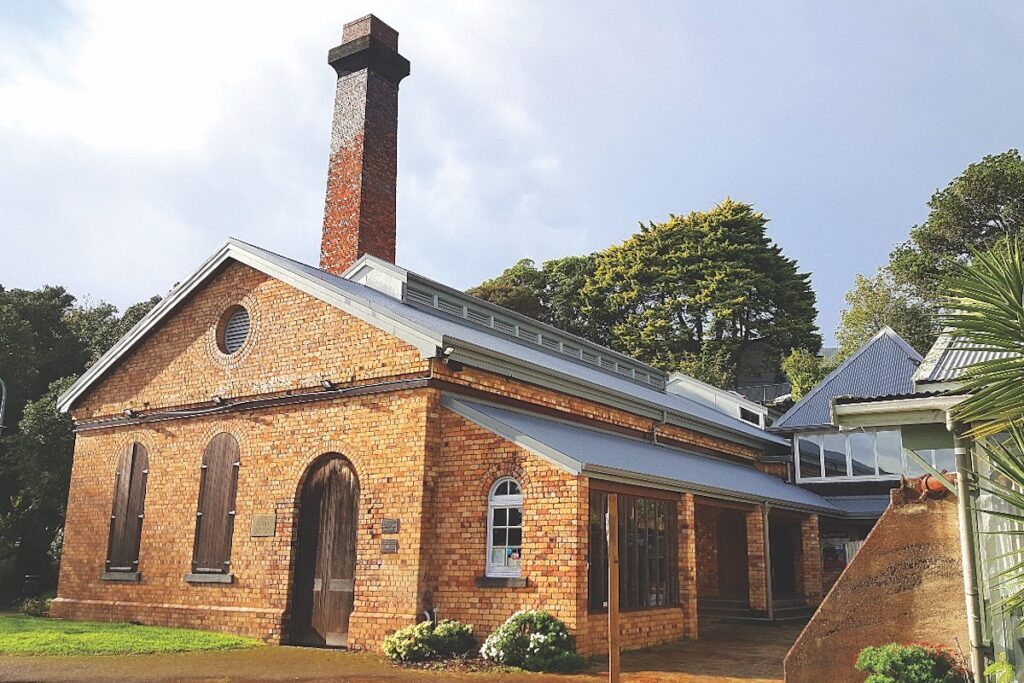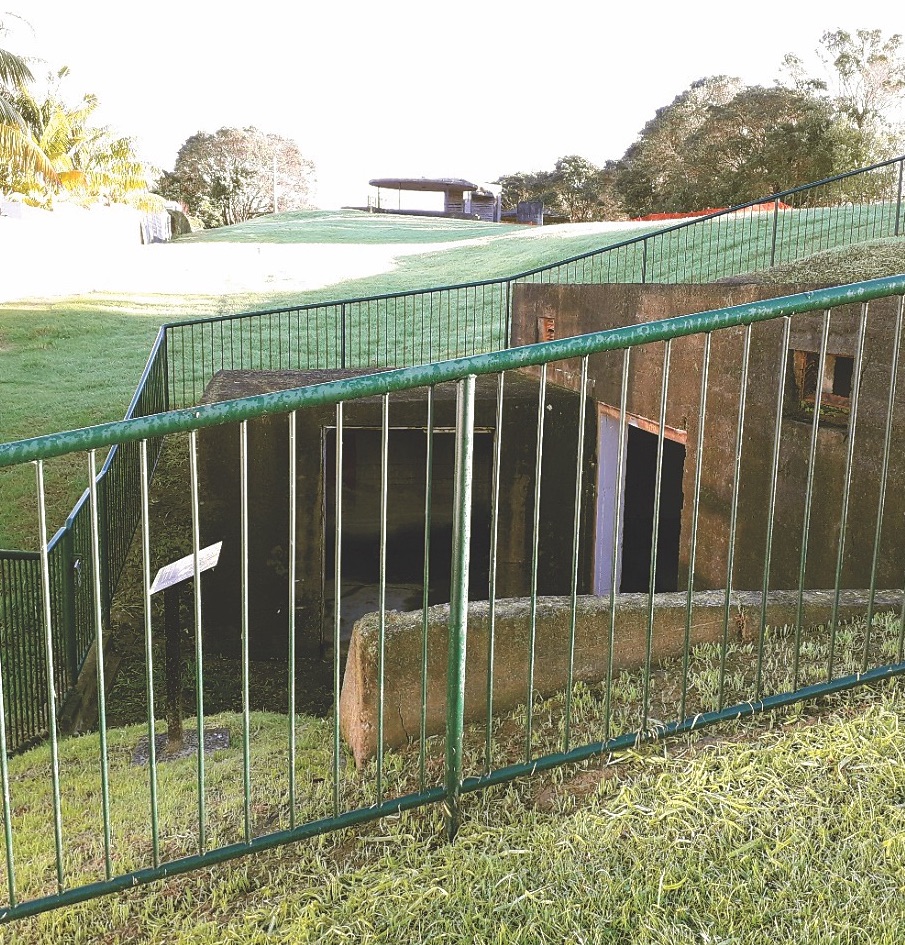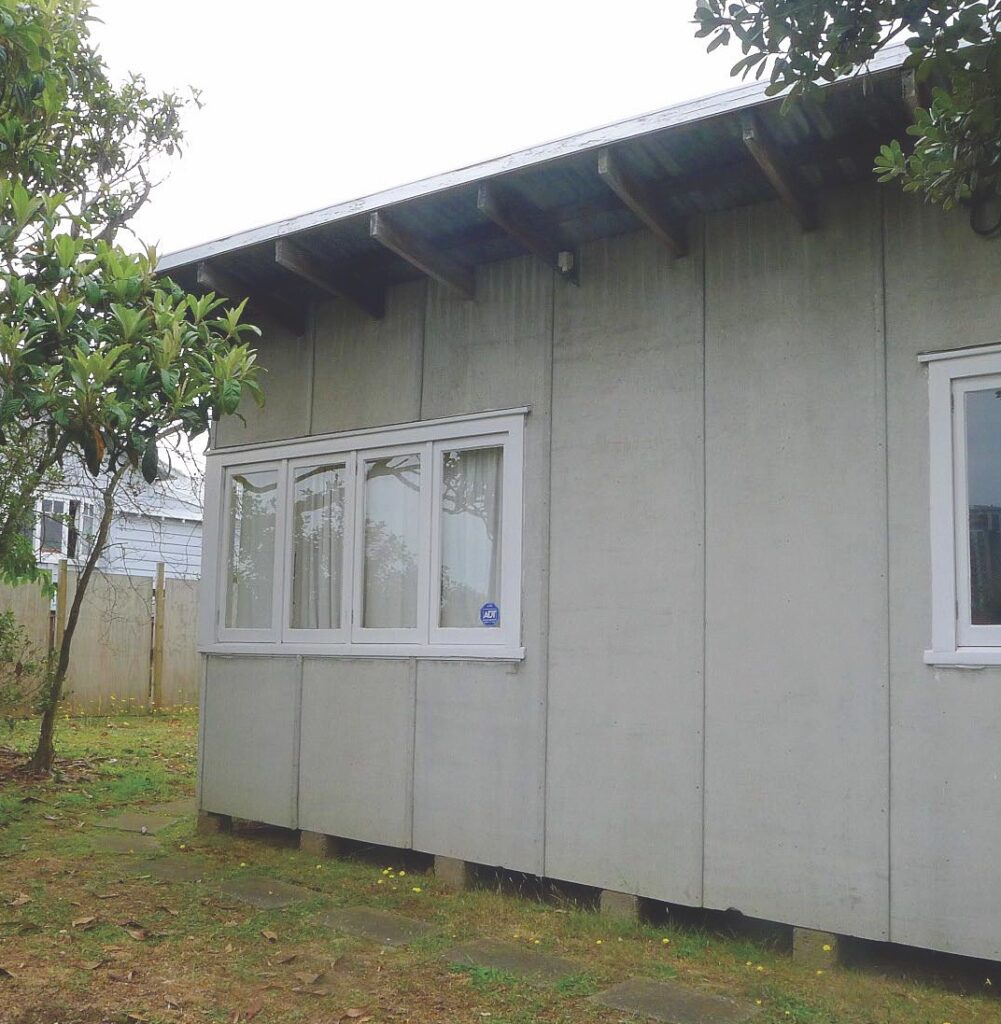What's New
16 September, 2021
Heritage listing downgrade surprises PumpHouse

Only two historic sites in the Takapuna-Milford area have been given an A category heritage listing in an Auckland Council review.
Of 10 category A sites under the old North Shore City Council, eight should be dropped back to a B listing says the draft council report, obtained by the Observer under the Official Information Act.
The proposed A-listed sites are the Frank Sargeson Cottage at 14A Esmonde Rd, Takapuna; and the Castor Bay Battery complex at Kennedy Park.

A-listers…
The Kennedy Park battery complex engine room
Frank Sargeson House
The landmark PumpHouse Theatre building on Lake Pupuke has been dropped from A to B.
The other properties dropped to a B listing are: the former St Joseph’s Convent at 2 Taharoto Rd; Golder House, 14 Rewiti Ave; the Hurtsmere Estate homestead at 288 Hurstmere Rd; Merkesworth Castle at 253 Hurstmere Rd; the War Memorial Gates at Takapuna Primary School; Lake House at Barrys Point Reserve, Fred Thomas Drive; and the former Duddings store at 335 Lake Rd, Hauraki.
The council review aimed to establish if the A listings under North Shore City met the higher thresholds for category A inclusion under the Auckland Unitary Plan. Under Category A, places have to be “of outstanding significance well beyond their immediate environs”. Category B includes places that are “of considerable significance to a locality or beyond”.
Frank Sargeson’s cottage has “outstanding national historical value”, with its link to Sargeson, the prolific writer of short stories and novels from the 1930s to the 1980s. It was also a regular meeting place for other writers, artists and architects.
The cottage took on even greater merit as it was preserved as a literary museum, the review said.
The Castor Bay Battery complex was considered to have “outstanding heritage significance” as the most extensive surviving example of the “architecture of deception” during New Zealand’s response to World War II.
The complex was built in 1941-42, at the height of fears of a Japanese aerial bombardment.
The battery’s buildings and structures were designed so they were camouflaged from the air, with military features disguised as civilian buildings, including an ice-cream shop, tennis courts and residential bungalows.
The PumpHouse building, which opened at Lake Pupuke in 1906, was of considerable local historical value but had nothing of national significance to warrant an A listing, according to the review.
Auckland Council is currently in consultation with landowners, mana whenua and “stakeholders”, so “these reviews may be revised”, the council told the Observer.
To implement the recommendations arising from the review, a change to the Unitary Plan is needed. This is being prepared by council officers to be put to a Planning Committee meeting in October for approval. Once the change is notified the public can make submissions.
Heritage A and B classifications play an important part in council decision-making on any planned modifications to buildings or sites and can influence development on nearby properties.
PumpHouse board chair Peter Burn was surprised it had not been consulted over the B category listing, which was a “doubedged sword”.
With an A-grade heritage listing the PumpHouse could be “granted more favour” in terms of building grants and the like, Burn said.
But in practical terms a lower heritage listing made it easier to work through changes and improvements to the building, he said. For example the recent installation of a canopy took around two years, due to the regulatory hoops posed by an A listing.
The Rangitoto Observer can be downloaded online here.

Please consider supporting The Rangitoto Observer by clicking here:

